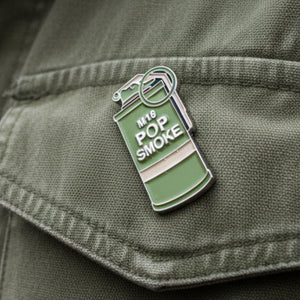Pentagon Set to Lift V-22 Osprey Grounding Despite Ongoing Concerns
The V-22 Osprey is sometimes called the "North Carolina Lawn Dart" by service members to covey their reputation for mechanical issues.

The Pentagon is reportedly on the verge of lifting the three-month grounding of the V-22 Osprey, a tiltrotor aircraft, according to Chairman James Comer of the House Oversight Committee. In a statement on Wednesday, Comer criticized the decision to resume flights, highlighting persistent concerns about accountability measures, transparency, maintenance prioritization, and risk assessment within the Department of Defense (DoD). The imminent decision follows a crash off the coast of Japan in late November, the deadliest Osprey incident for the Air Force, resulting in the loss of eight special operations airmen.
Gear Spotlight: Relevant to This Story


Chairman Comer expressed dissatisfaction with the DoD’s decision, stating, “DoD is lifting the Osprey grounding order despite not providing the Oversight Committee and the American people answers.” Key concerns include the lack of clarity on accountability measures to prevent crashes, a general lack of transparency, the prioritization of maintenance and operational upkeep, and the DoD's approach to risk assessment.
The grounding of the Osprey in early December was prompted by the November crash off the coast of Japan. The Air Force determined a parts failure in the incident but has not publicly identified the root cause. This crash marked the latest in a series of deadly accidents involving the versatile tiltrotor aircraft.
While the decision to lift the grounding is imminent, officials have been tight-lipped about the specifics of when or how this will occur. A spokesperson for Naval Air Systems Command, responsible for lifting the grounding, responded to Comer’s statement, affirming that “there has been no change in the status of the V-22” as of now.
One ongoing mechanical issue involves the clutch system, with concerns about a “hard clutch engagement” that can occur when the clutches jam and damage internal components connected to the rotors. The underlying cause for this issue remains unknown.
Chairman Comer initiated an investigation into the Osprey’s safety and performance shortly after the grounding. In December, he requested various documents from Defense Secretary Lloyd Austin, including safety records, maintenance logs, accident investigations, and performance evaluations. However, Comer expressed dissatisfaction with the DoD’s response, stating, “The House Oversight Committee has yet to receive adequate information requested from DoD.”
Despite the impending resumption of Osprey flights, Comer asserted that the House Oversight Committee will persist in its rigorous investigation to obtain answers on behalf of American taxpayers and ensure the safety of U.S. service members.













